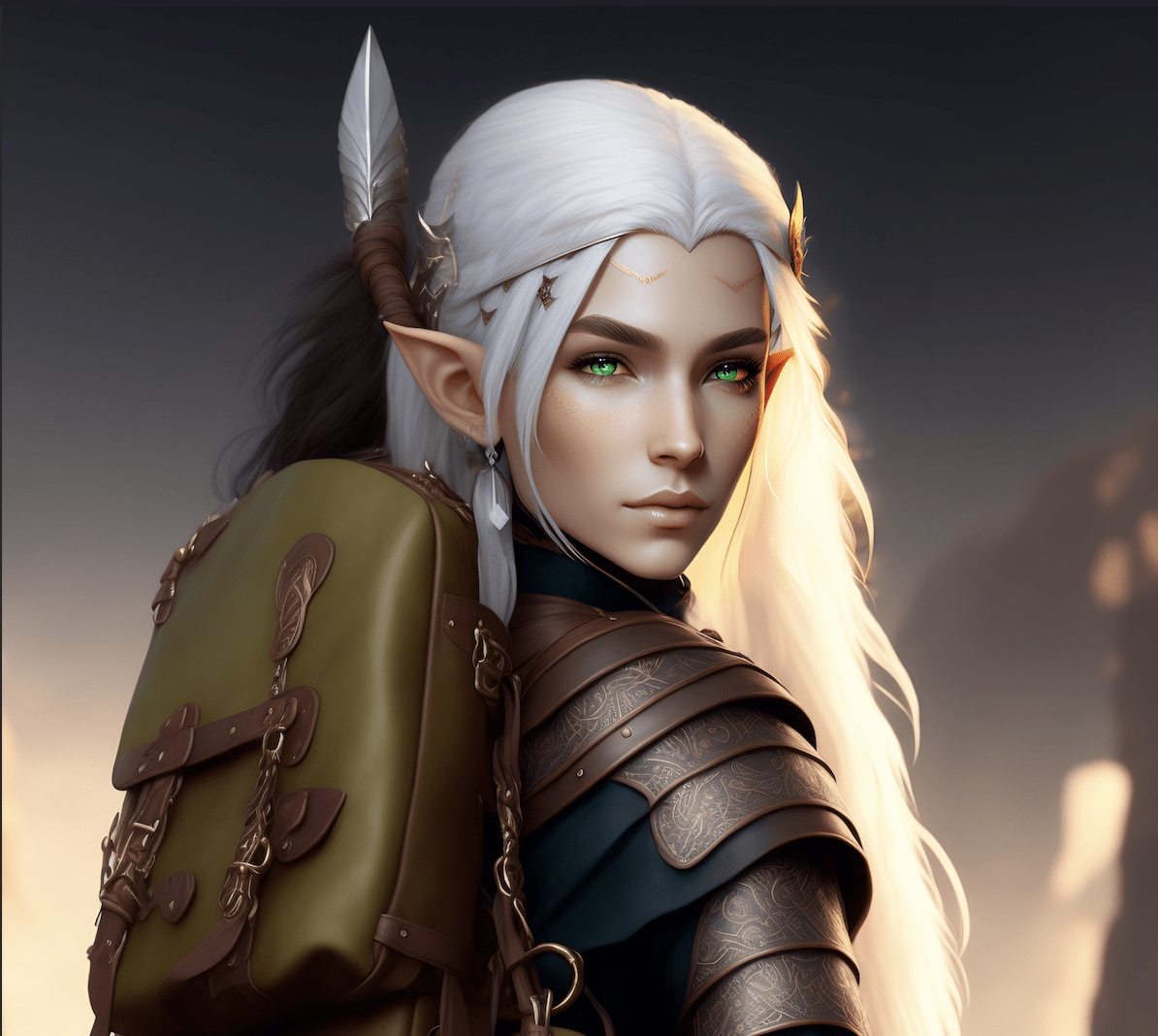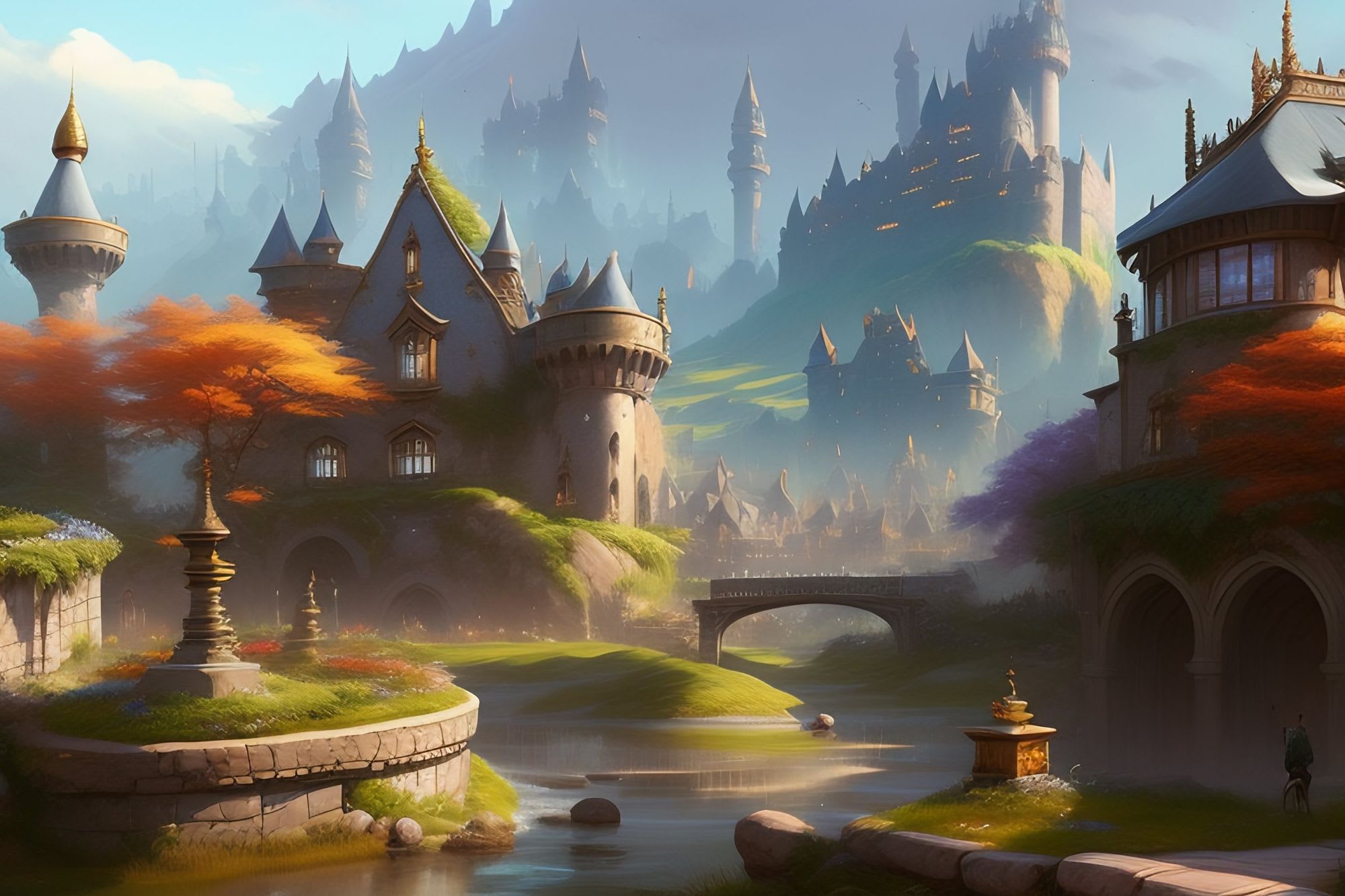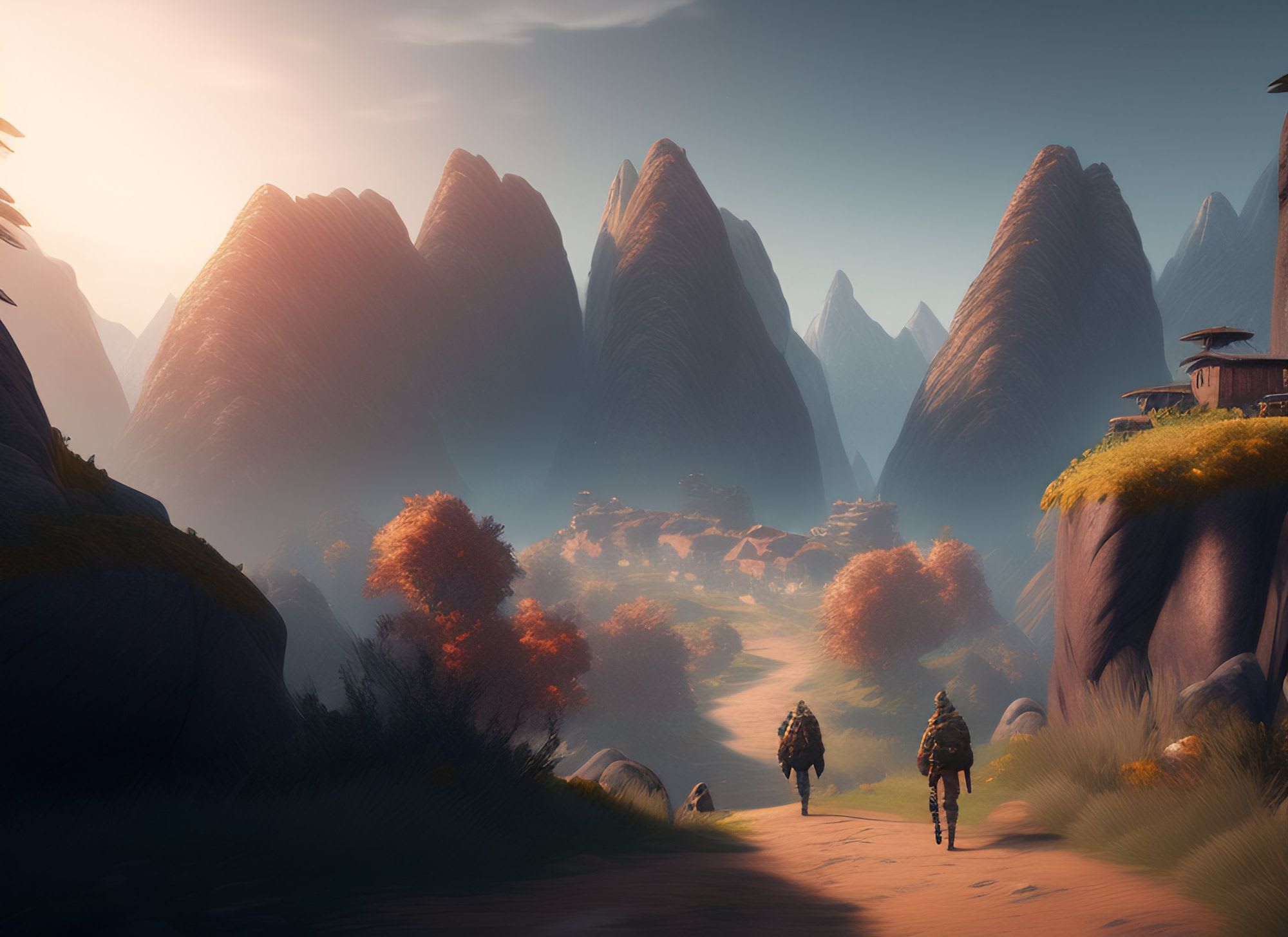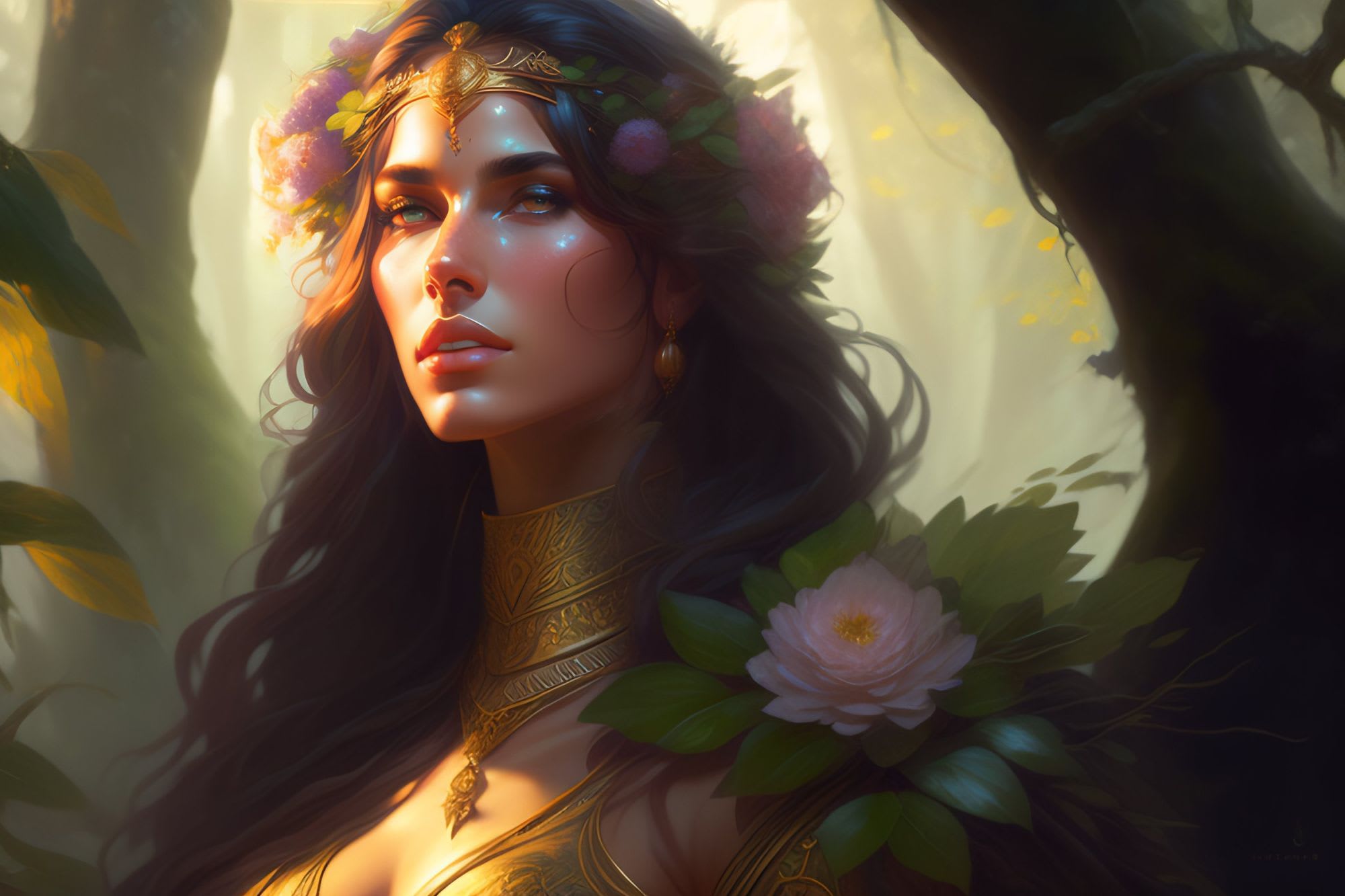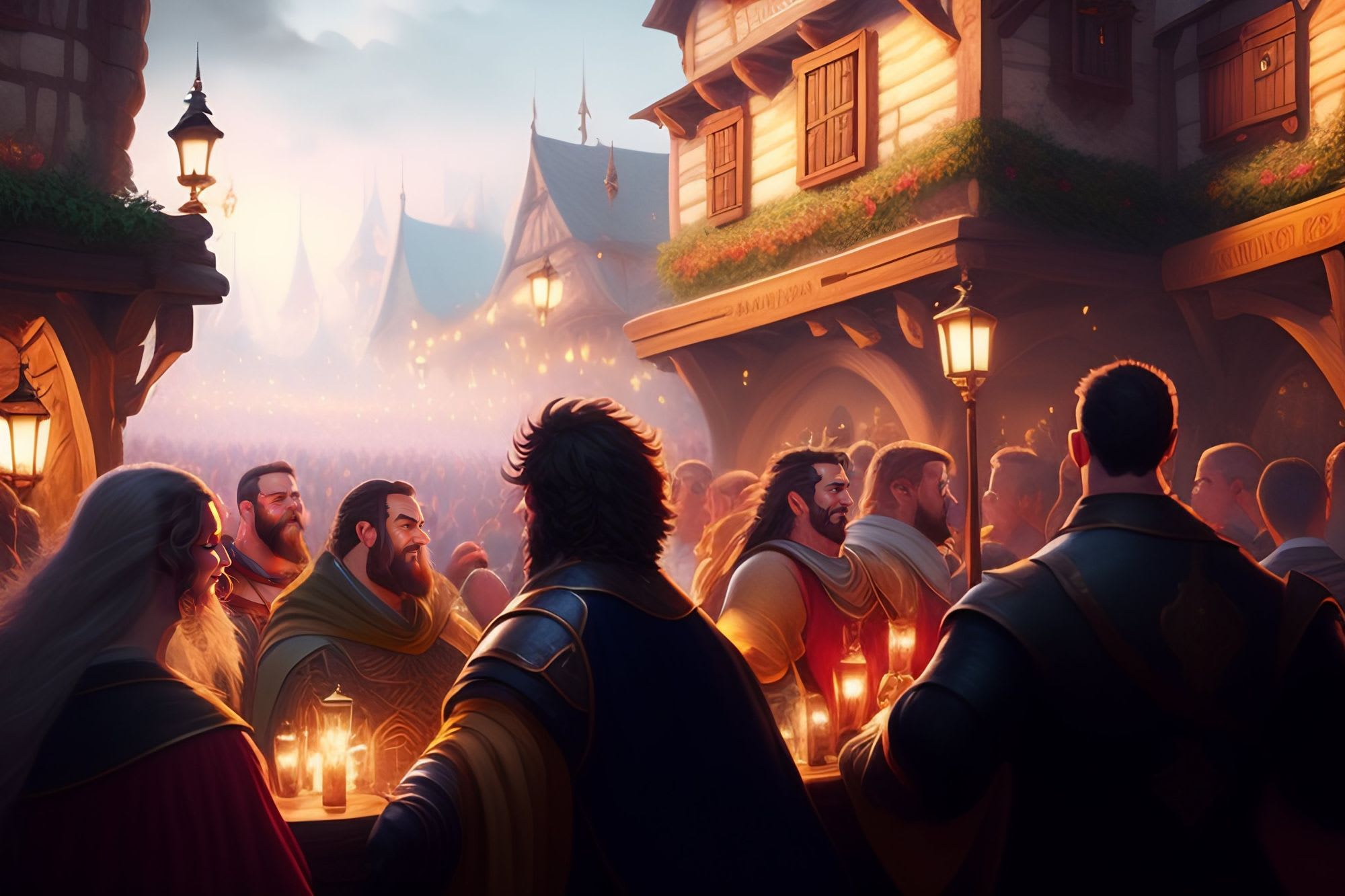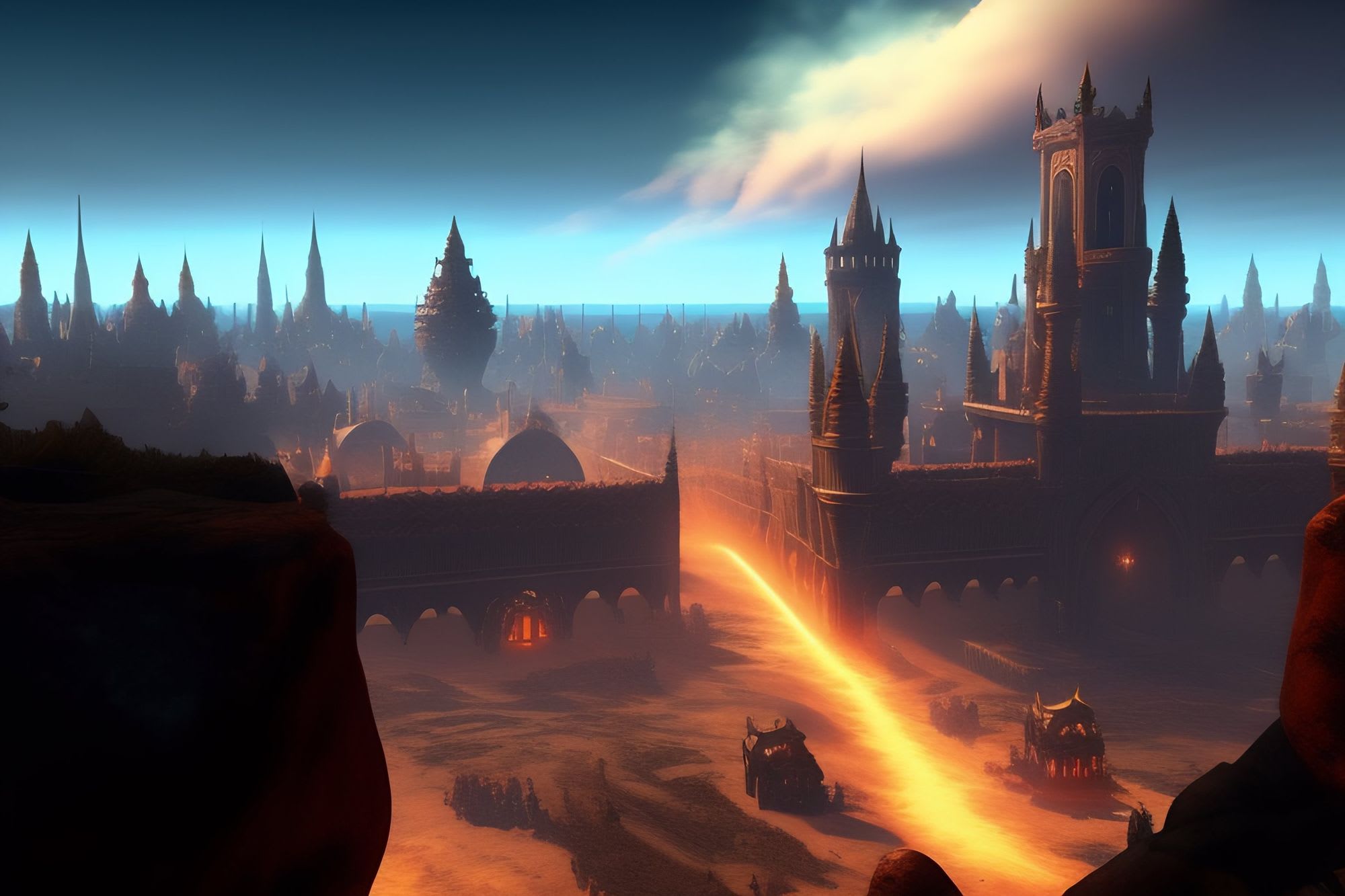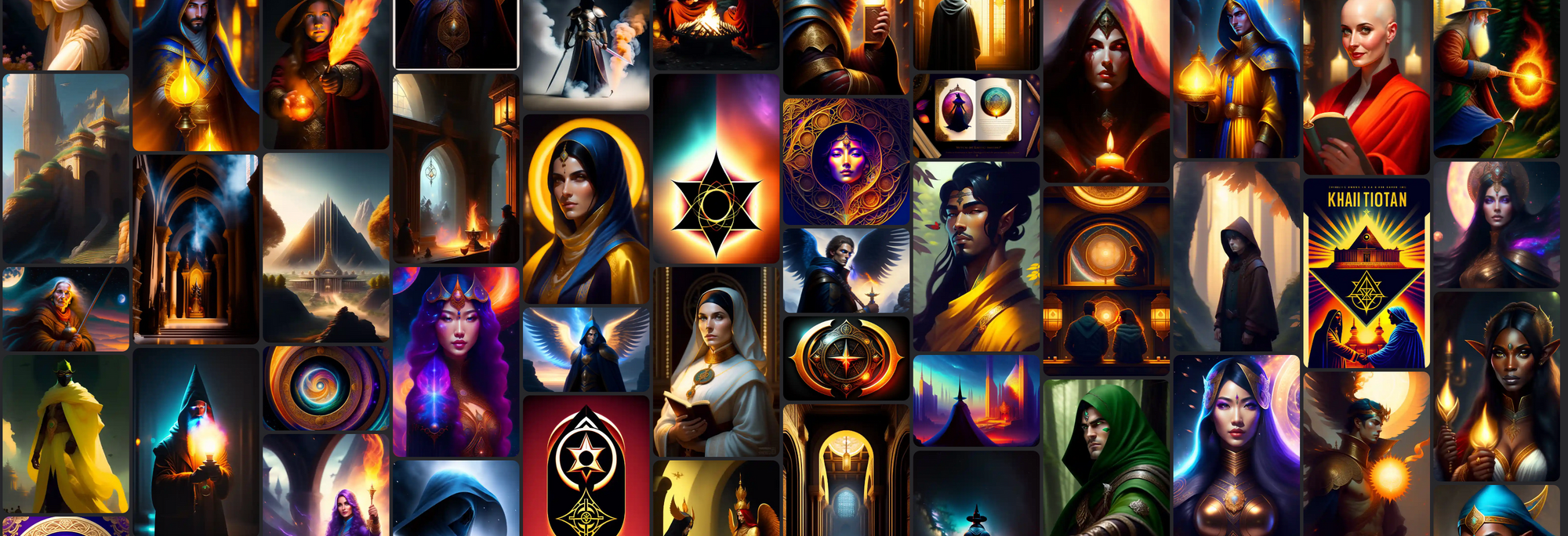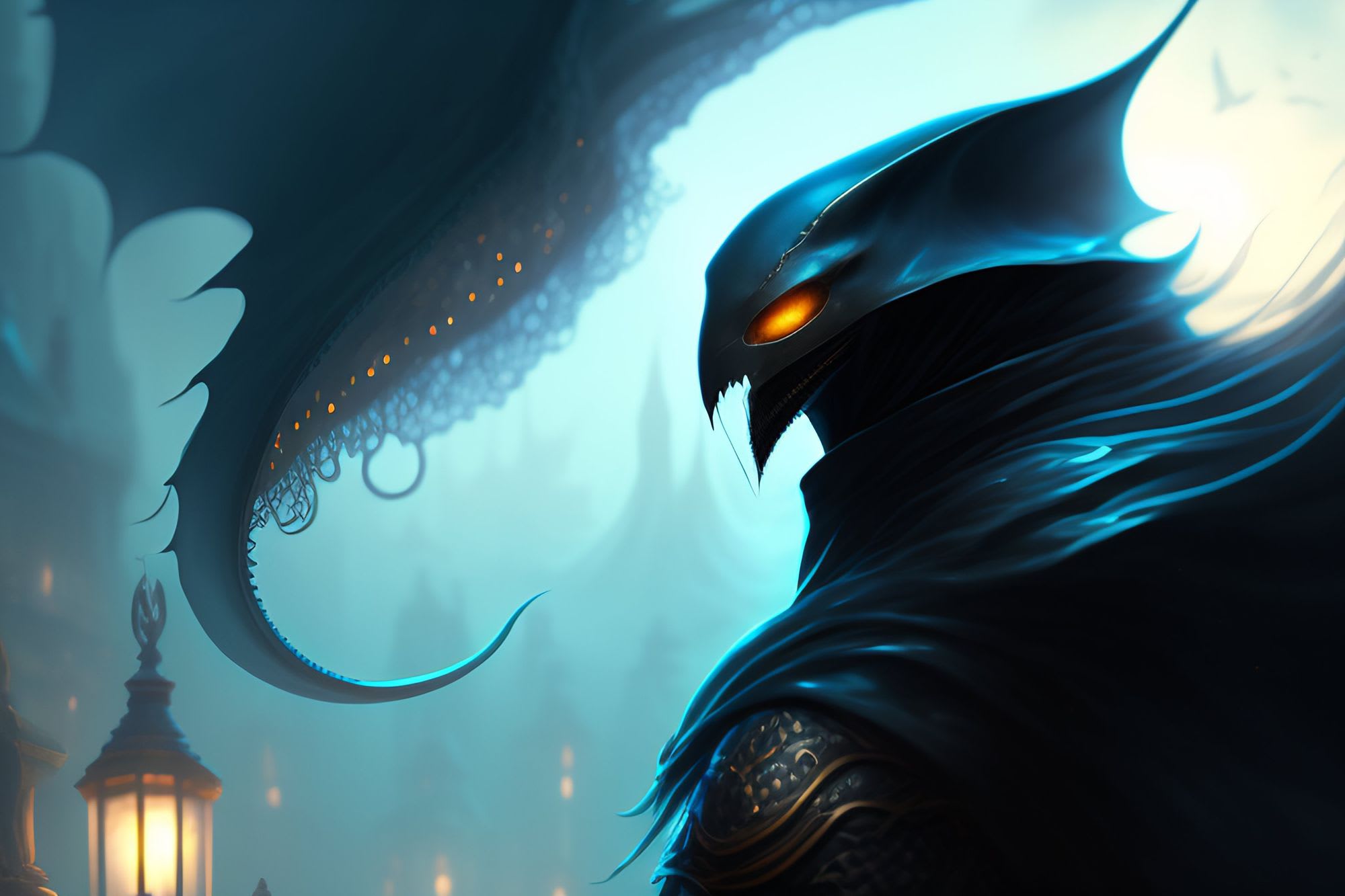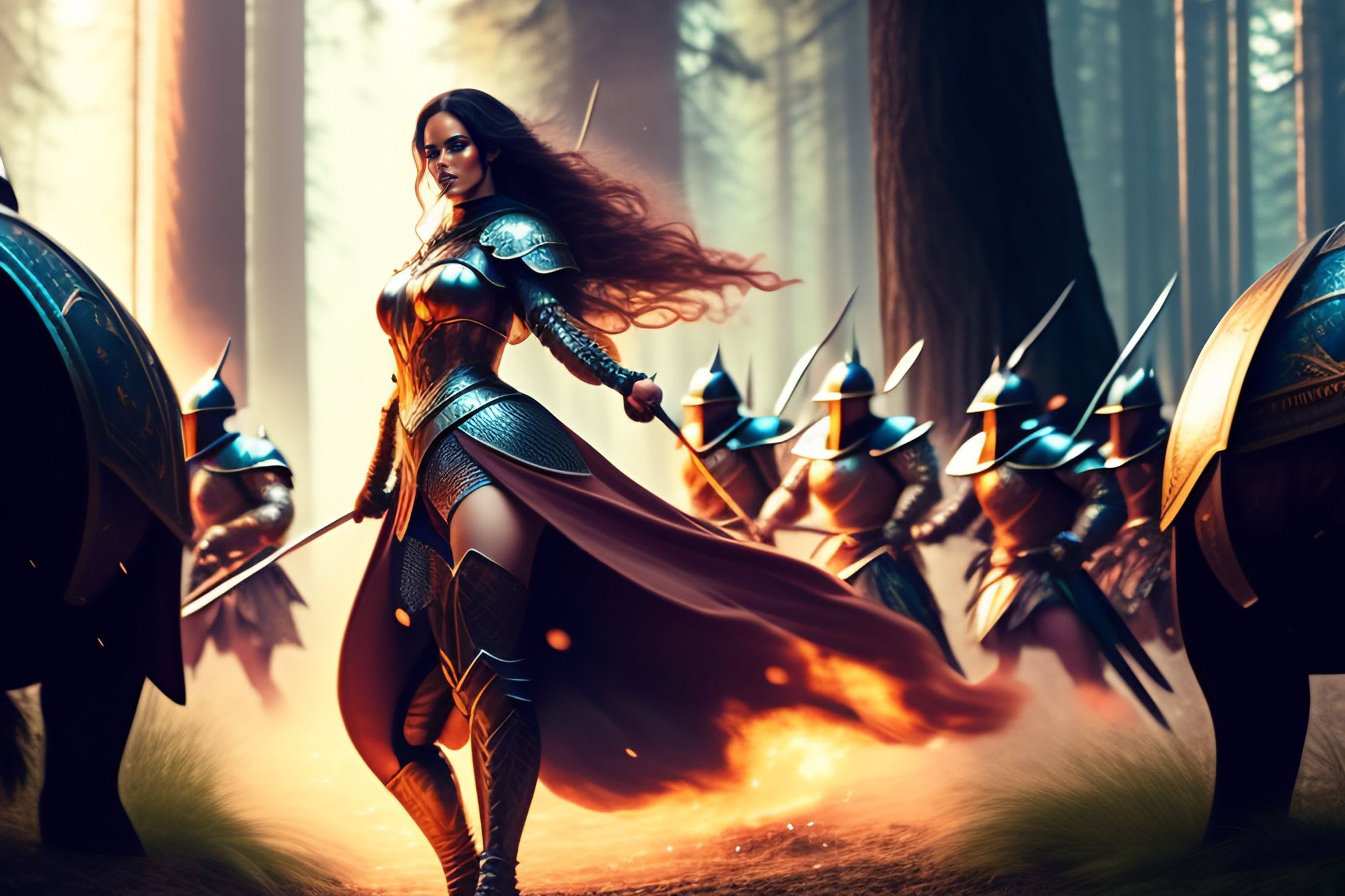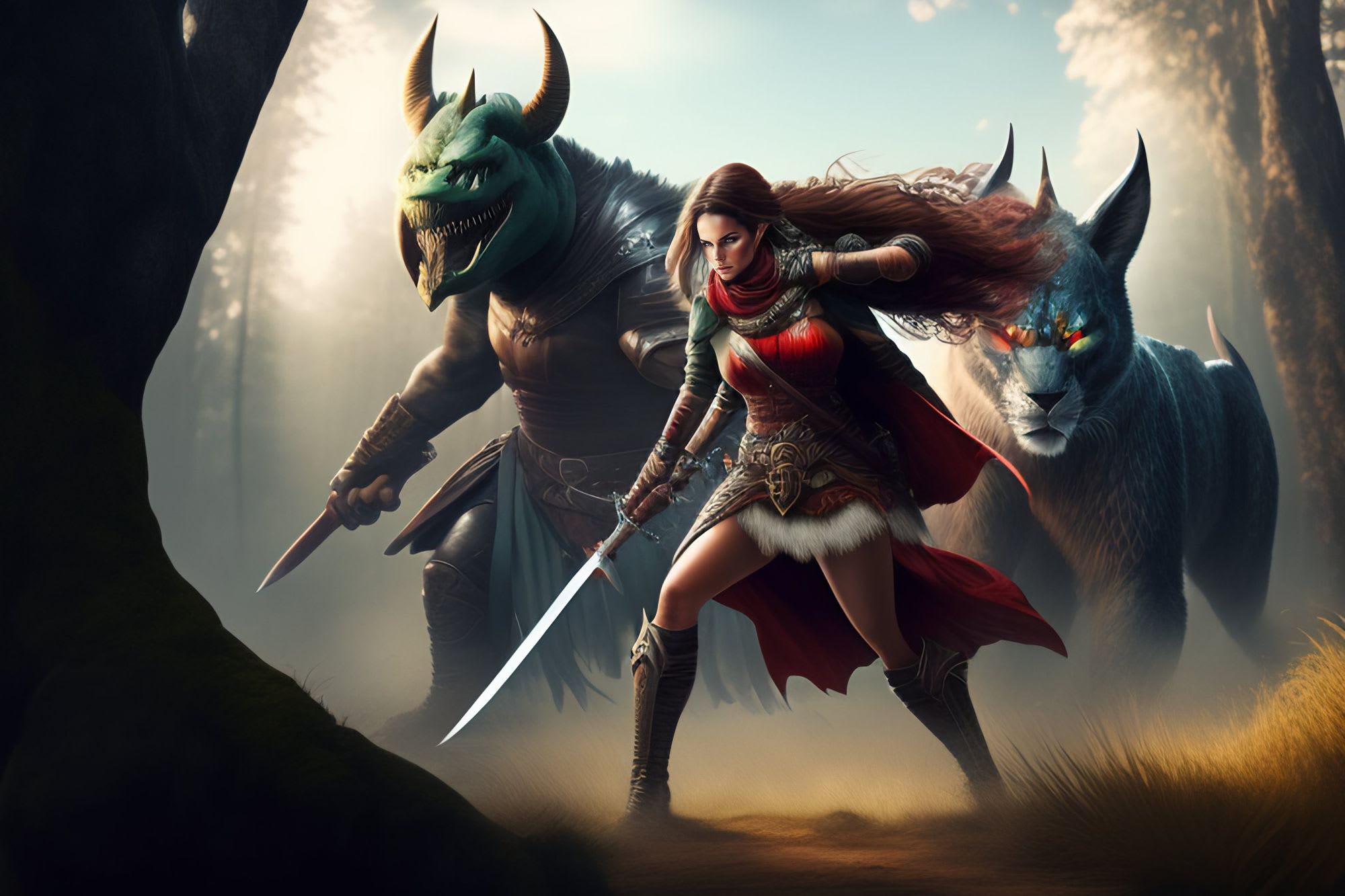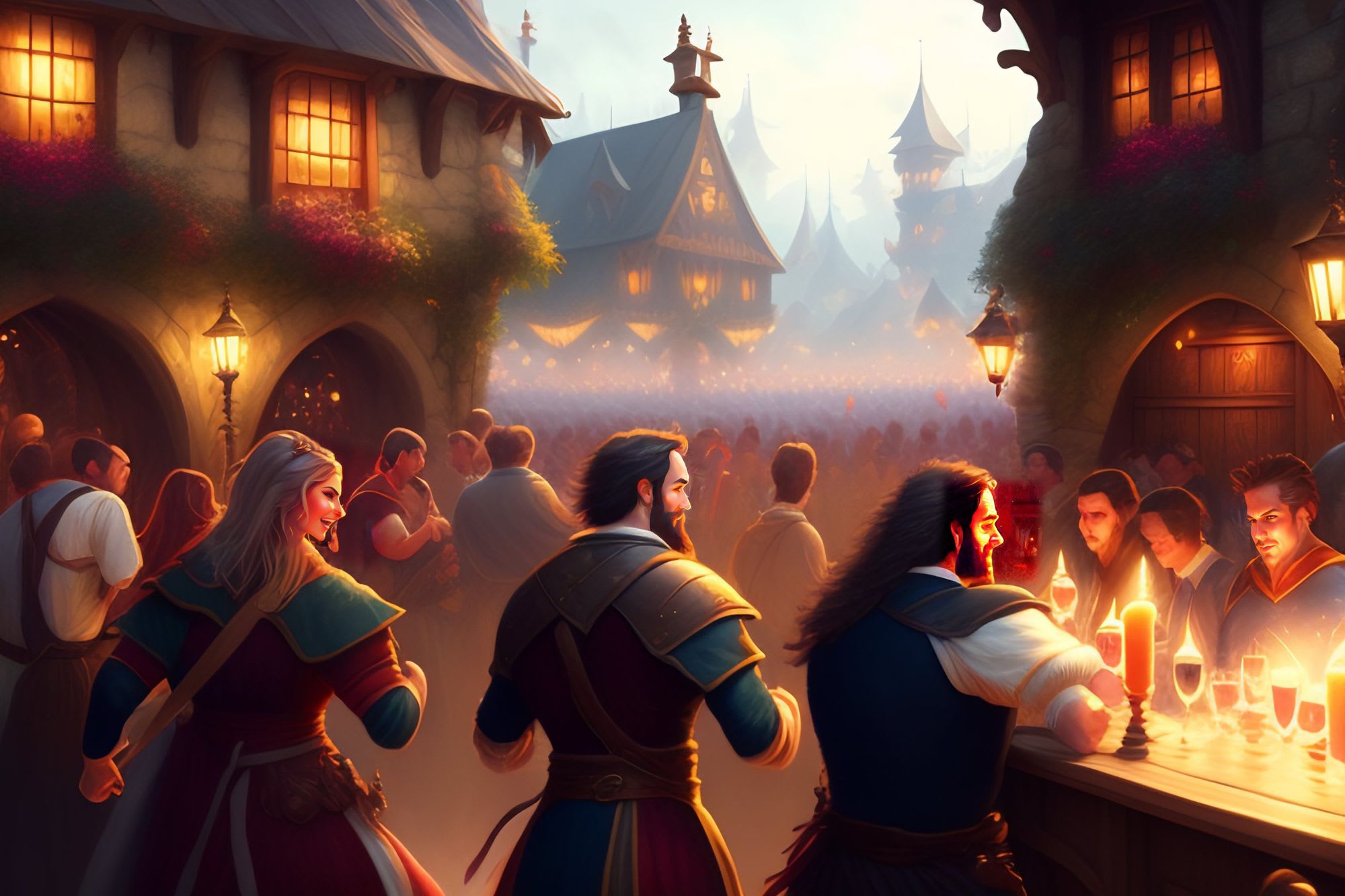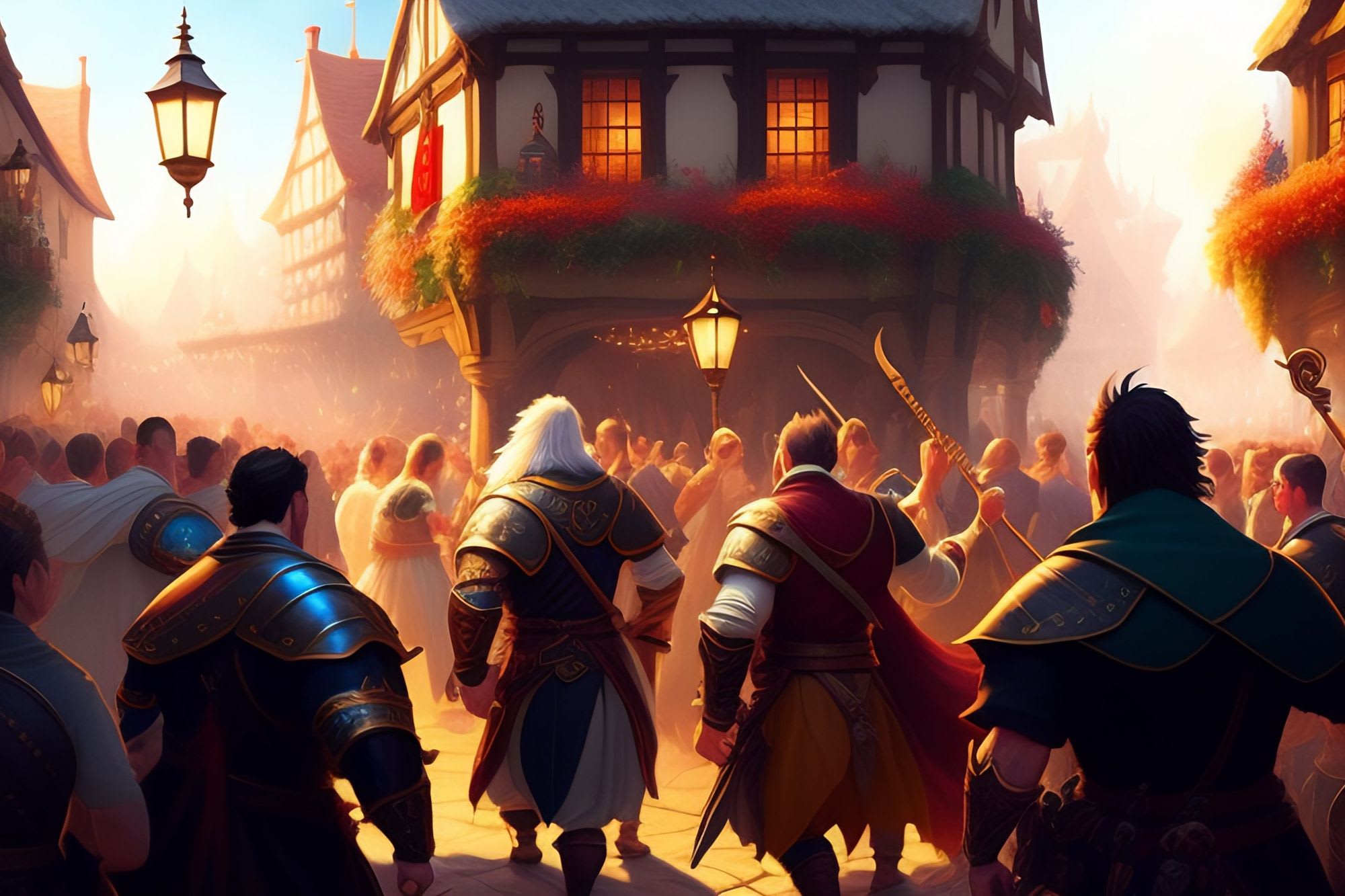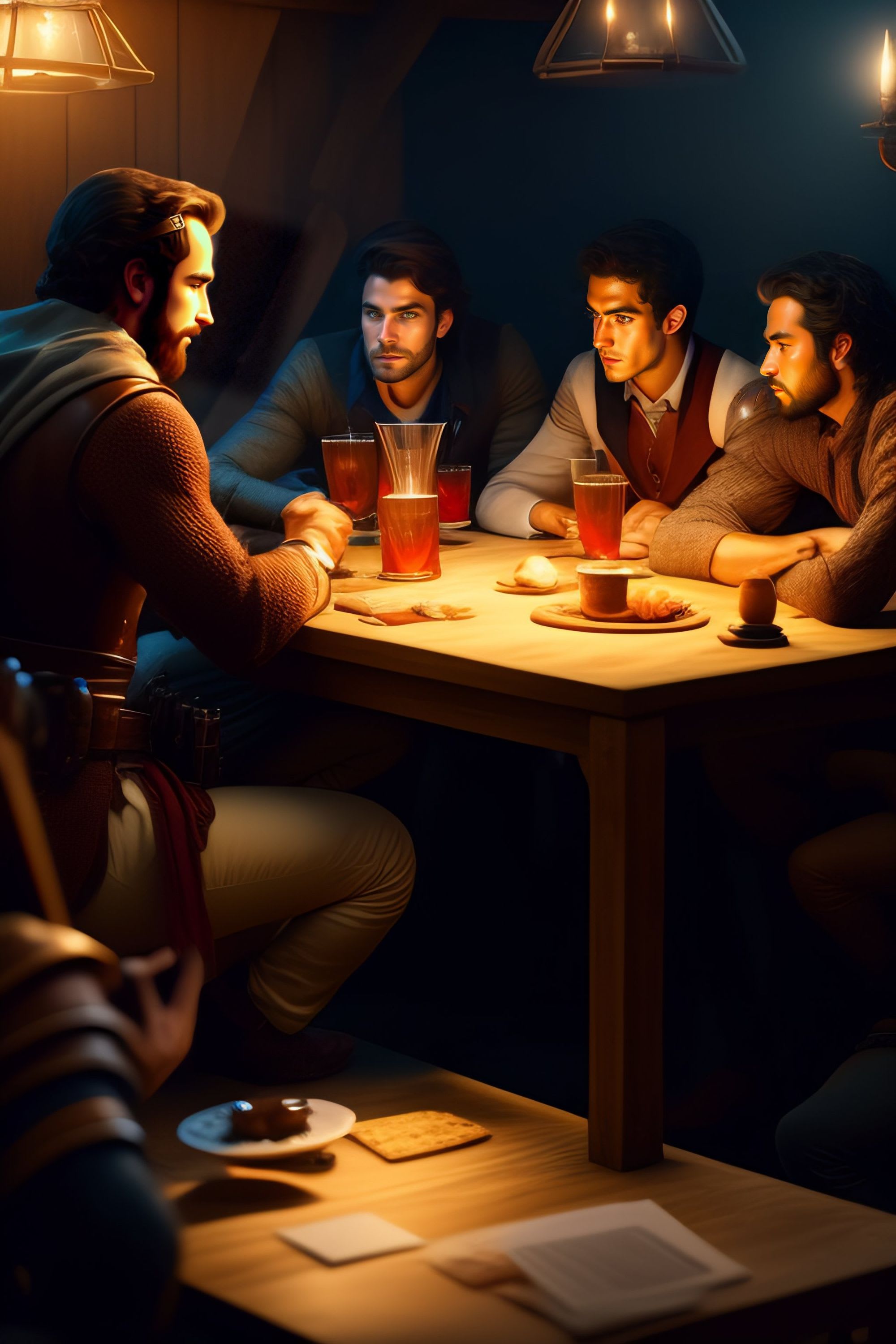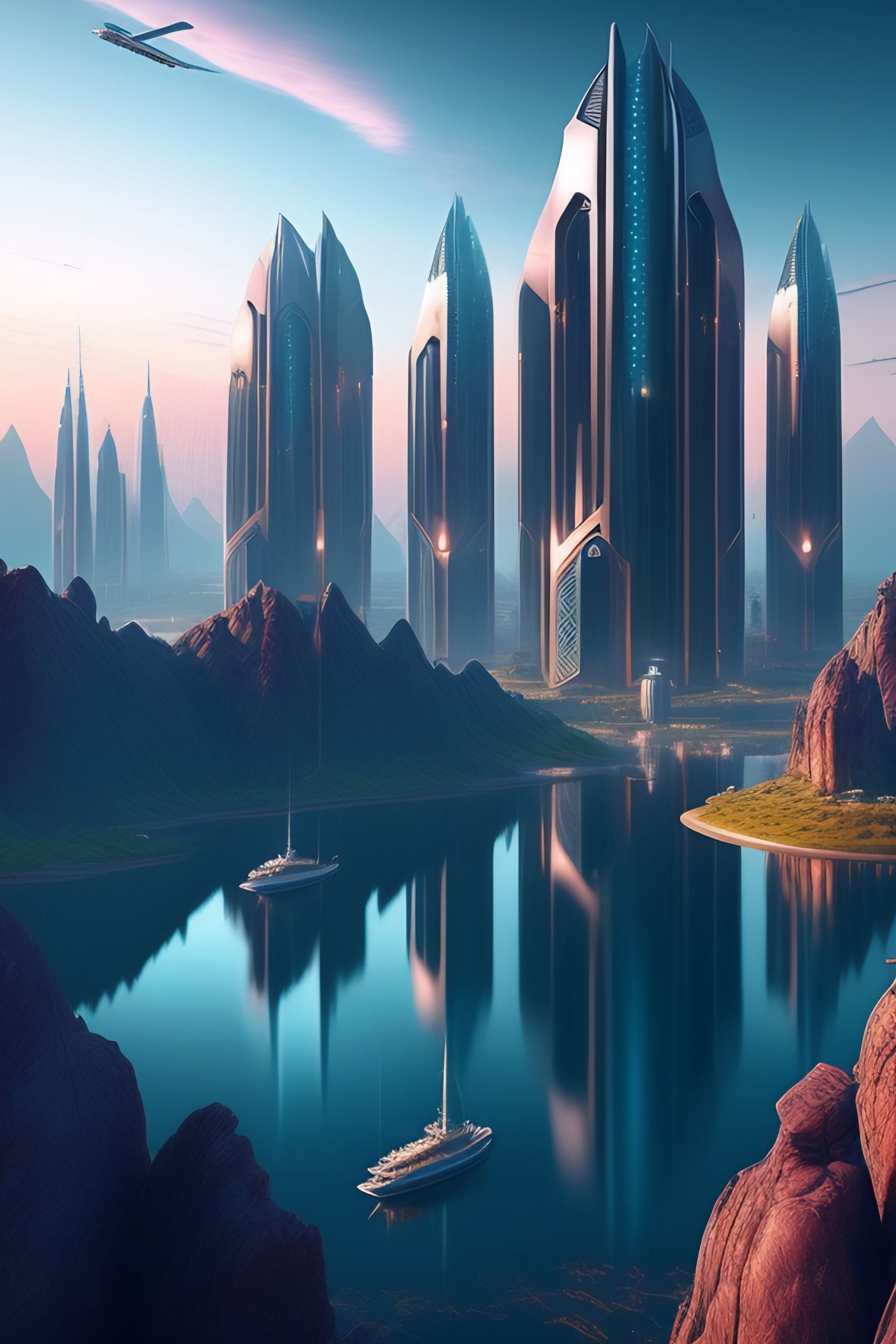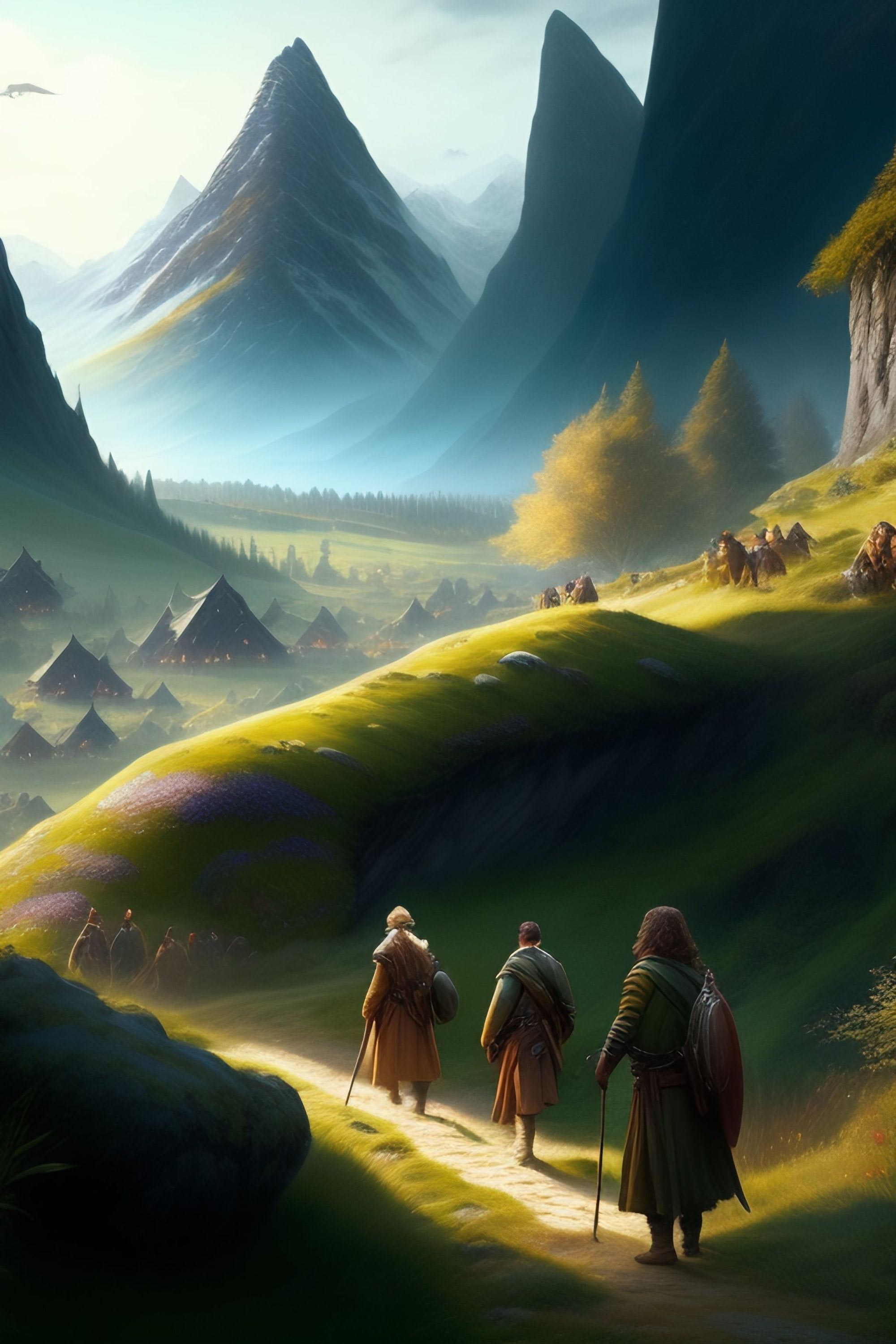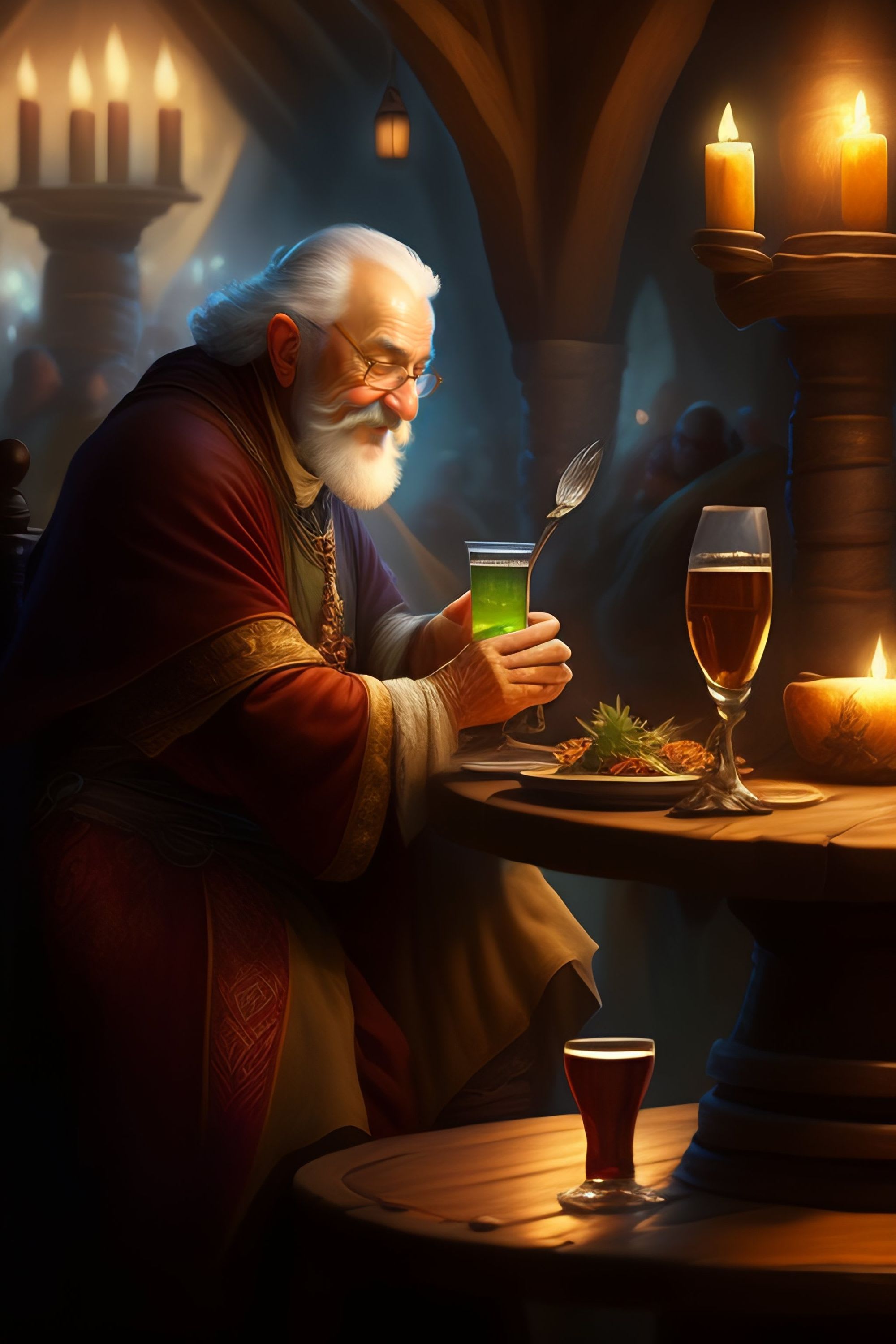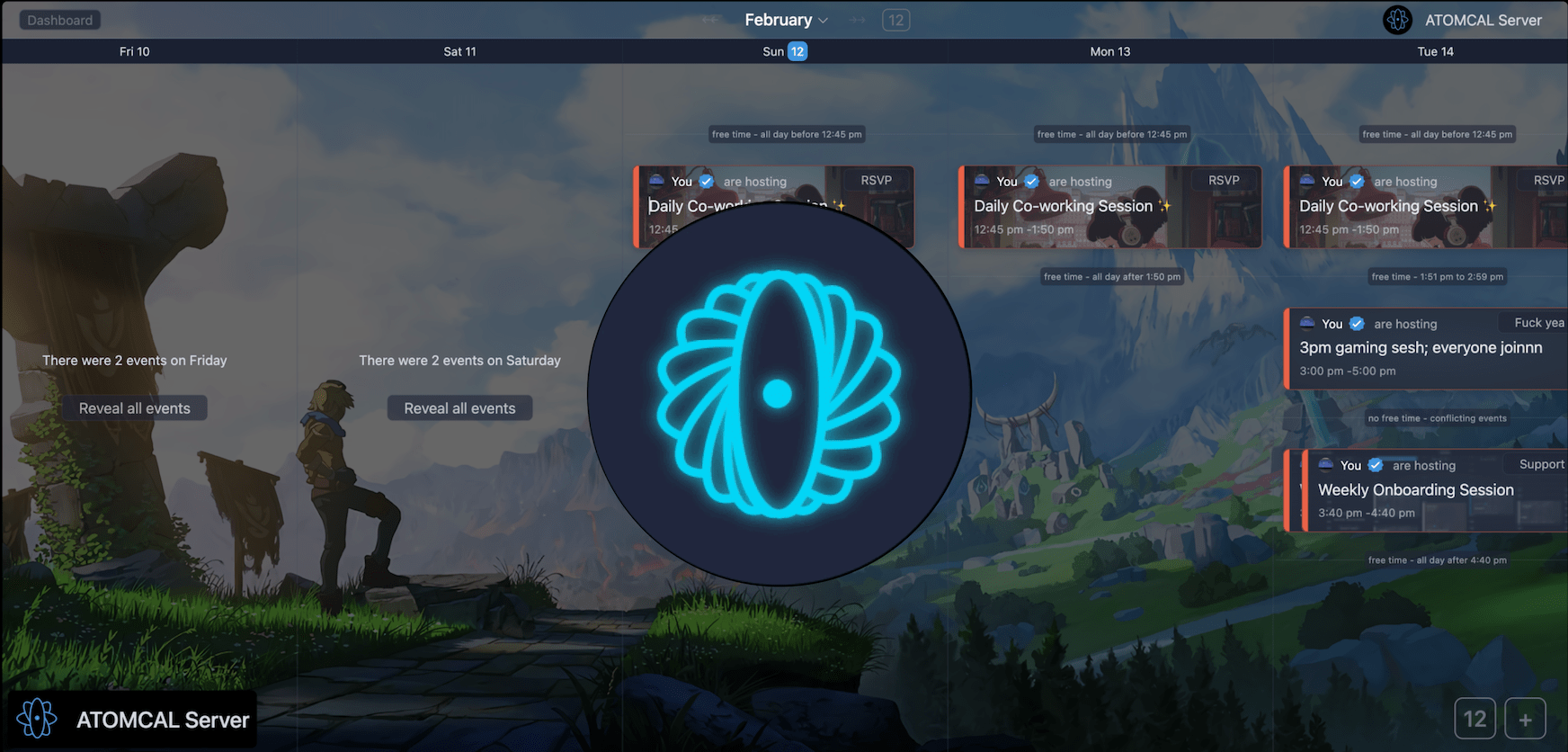Greetings, intrepid Dungeon Master (DM)! Your role in the world of Dungeons & Dragons is both exhilarating and essential. As the storyteller, world-builder, and guide, you wield the power to create epic adventures that will leave your players spellbound.
In this guide, "Guiding the Heroes: Crafting Adventures and Quests," we'll explore the art of DMing, from conceptualizing quests to fostering immersive storytelling. Let's dive in and equip you with the tools you need to guide your heroes through unforgettable journeys.
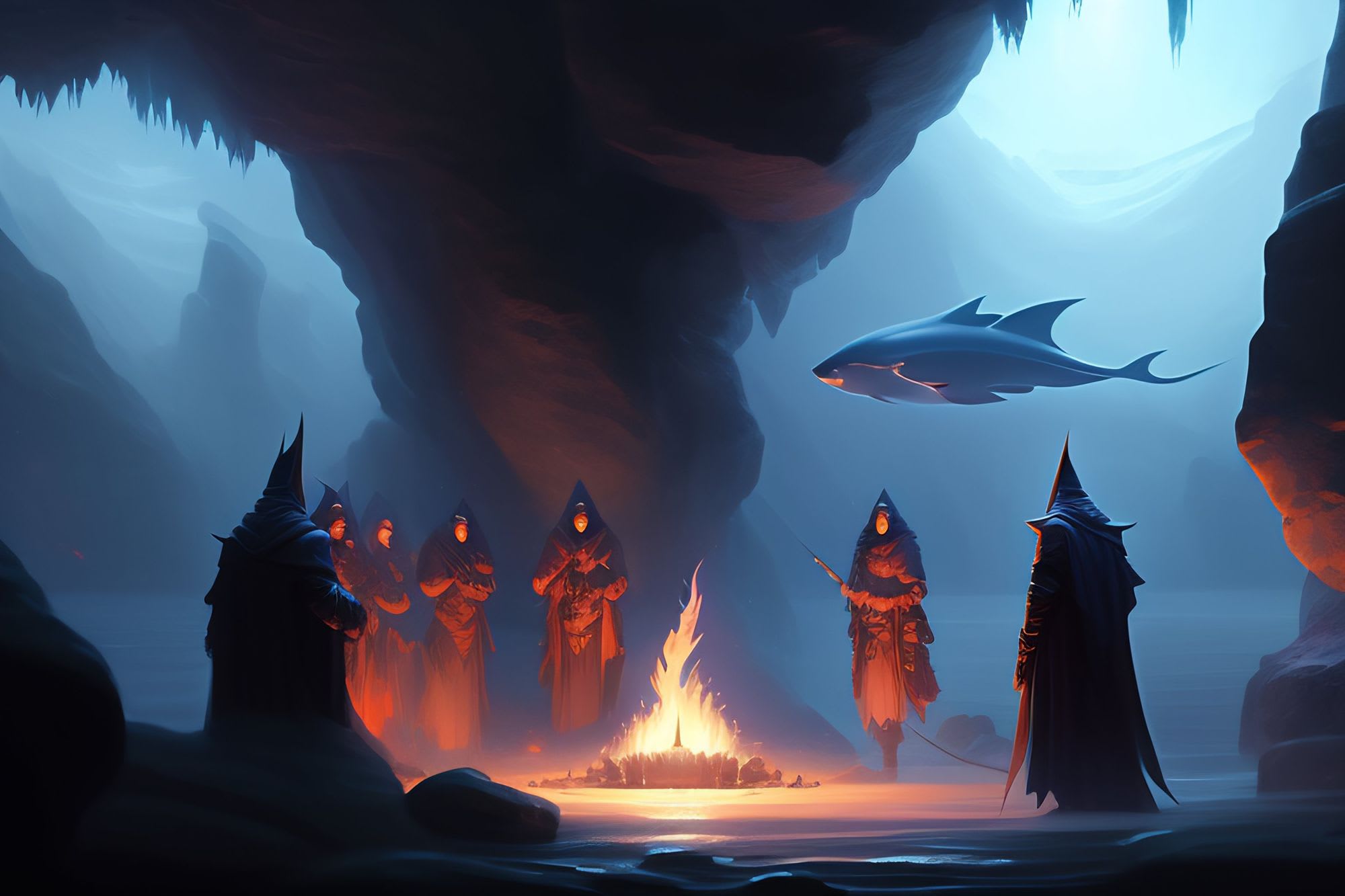
Understanding Your Role
As a DM, your primary goal is to create an engaging and immersive experience for your players. You're the narrator of a dynamic story, the arbiter of rules, and the guardian of the game's flow. Here's what to expect as you embrace this multifaceted role:
- Storyteller: Craft a compelling narrative that captivates your players. Set the stage with rich descriptions, intriguing characters, and a world that feels alive.
- Adjudicator: Enforce the game's rules while allowing room for creativity. Strike a balance between consistency and adaptability to ensure a fair and enjoyable experience.
- Facilitator: Foster collaboration among players and encourage role-playing. Your world is a canvas, and your players' choices shape the story.
Further Links for Deeper Exploration:
- "Crafting Adventures and Quests: Plot Hooks for Your Players" (Cluster Page): Understand how the evolving setting enhances quest narratives: Crafting Adventures and Quests: Plot Hooks for Your Players. Explore the synergy between evolving world events and quests.
- "Guiding the Heroes: Crafting Adventures and Quests" (Cluster Page): Discover how the evolution of the setting shapes overarching narratives: Guiding the Heroes: Crafting Adventures and Quests. Learn how world changes can align with campaign themes.
Crafting Adventures and Quests
Creating adventures and quests is at the heart of DMing. Here's a step-by-step guide to crafting captivating quests that will lead your heroes on epic journeys:
Step 1: Conceptualize the Quest
- Theme and Tone: Decide on the overall theme and tone of the quest. Is it a lighthearted rescue mission or a dark exploration of forbidden magic?
- Goals and Motivations: Determine the primary goal of the quest. Why are the heroes embarking on this adventure? What's at stake?
Step 2: Design the Plot
- Introduction: Start with a hook that draws the heroes into the quest. It could be a mysterious letter, a distress call, or a prophetic vision.
- Complications: Introduce obstacles and challenges that stand in the heroes' way. These could be puzzles, combat encounters, or moral dilemmas.
- Climax: Build toward an epic climax where heroes confront the main challenge. This could be a showdown with a powerful antagonist or a decision that shapes the outcome.
- Resolution: Conclude the quest with a satisfying resolution that ties up loose ends and reflects the heroes' actions.
Step 3: Develop Characters and NPCs
- Villains and Allies: Create memorable villains and allies who have their own motivations. Multi-dimensional characters add depth to the story.
- Hooks and Personal Quests: Introduce hooks related to your players' characters. Personal quests add a layer of investment and make the world feel personalized.
Step 4: Design Locations
- Key Locations: Craft locations that are integral to the quest. Provide vivid descriptions that stimulate the senses and immerse players in the world.
- Maps and Visual Aids: Consider using maps or visual aids to enhance your players' understanding of the environment.
Step 5: Encourage Player Agency
- Choices and Consequences: Offer players meaningful choices that impact the story. Embrace the unexpected outcomes their decisions might bring.
- Open-Endedness: Avoid railroading—allow players to explore the world and pursue side quests if they wish.
External Resources
As you embark on your journey as a DM, these external resources will prove invaluable:
- Matt Mercer's GM Tips (Geek & Sundry): A series of videos by renowned DM Matt Mercer, offering insightful tips for new and experienced DMs alike. Watch the Series
- The Dungeon Master's Guide (Wizards of the Coast): The official guidebook for DMs, providing in-depth advice, rules, and guidelines. Explore the Guide
- Running the Game (Web DM): A YouTube channel that covers a range of DMing topics, from world-building to encounter design. Visit Web DM
- Reddit - r/DMAcademy: A subreddit dedicated to helping new and experienced DMs with advice, tips, and discussions. Join the Community
Embrace the Journey
With this comprehensive guide, you're poised to lead your heroes through exhilarating adventures in the vast realm of Dungeons & Dragons. Remember, your role as a DM is to cultivate an environment of imagination, collaboration, and exploration. Embrace the twists and turns, the unexpected choices, and the incredible stories that emerge from the synergy of your players' creativity and your guiding hand.
May your quests be epic, your storytelling enthralling, and your players' experiences unforgettable. The world you craft is a canvas of possibilities, and your heroes are ready to leave their mark upon it.

